The “side hustle” is often an inevitability in our increasingly expensive world. A necessity for cultural producers who must make ends meet, the side hustle — that is, having a second (or third) job on top of a creative practice to earn extra income — can lead many down an unconventional working path.
Practicing your art or craft full-time (and making a living from it) can be a daunting idea, especially for those who are first starting out in their careers. It’s not always easy managing multiple schedules, contracts, money and time, while also making space for creativity and self-care. We asked four, side-hustling creatives about how they make work work for them, and the tips they have learned along the way.

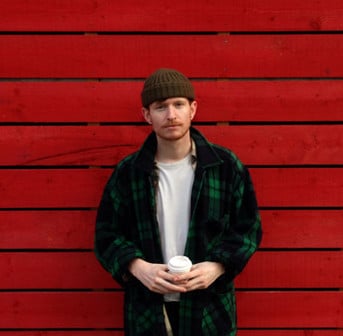
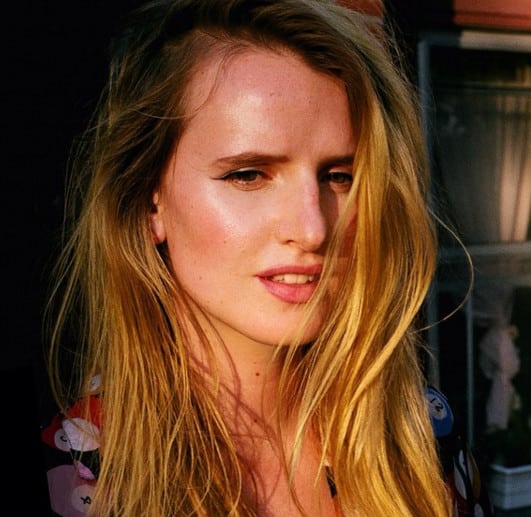
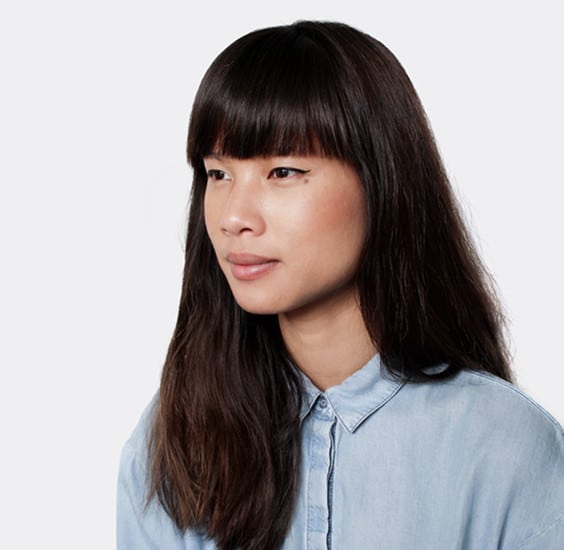
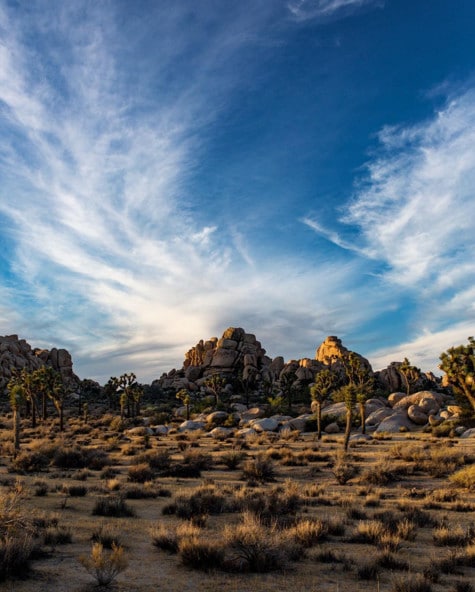
Wesley Verhoeve, Photographer/Curator
I don’t have really a side hustle anymore—but I’ve had tons in the past. When I first entered the workplace, I worked in the music industry, at Universal and Sony Music, for different major labels.
Because I was obsessed with music and sharing it when I wasn’t working “the big job at a record label,” my side hustle at the time was starting a small record label, writing a music series [and] starting a music blog. I side-hustled while working the main music job until it got to the point to where I was able to focus on the side hustles. Eventually I built an ultra main hustle out of like, six different side hustles. There are more opportunities these days to stitch it together a living, and to find an audience for what you do.
But don’t wait on anything. Don’t wait on anyone to anoint you, or for some sort of big hand to come out of the sky and say, “This is the one!” Don’t wait for other people to tell the world what you do. You have to make it happen yourself.
I still have no life balance; I love working so much. I’m not advocating this as a good idea, but I find that when I am quote unquote “done working,” my brain starts going, “What about this cool idea, or photo I can take, or this story?” It doesn’t really stop for me, honestly.
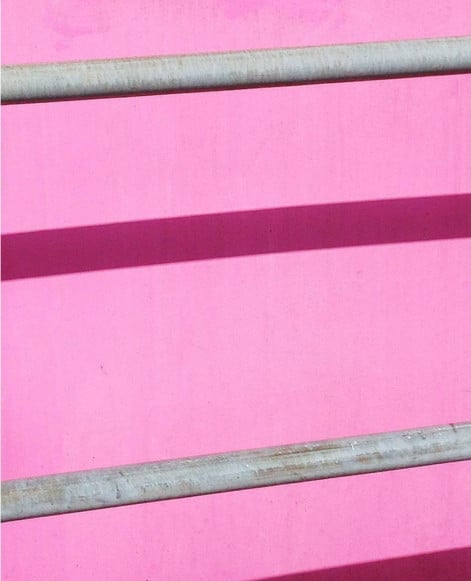
Joe Earley, Photographer
I started taking photographs at the age of about 18, but it wasn’t till around [age] 23 that I decided to do a Foundation in Art & Design, which then lead on to a BA in Contemporary Photography. During this time, I worked in retail and did a few private photography jobs here and there for other students—mostly shooting studio things they had set up themselves; I just made the images and controlled the lighting.
[While I’m] done school, I still photograph everyday—but now it’s more of a hobby. I moved in to the hands-on side [of the business]. I create bespoke books, portfolios, and zines for students, which they use to display their work for interviews, jobs etc. In a way I’m more interested in other people’s futures than my own. I like to help to create something tangible the client can hold their favourite work inside. The process usually works as a collaboration: I meet up with them, we discuss ideas and turn thoughts into a item.
I’m still working on turning my side business into a full career, and working on promoting it. The sentence “I’ll do it later” goes out of play; it’s best to just to do it here and now. Get a nice little journal or wall calendar in a place you can always double check. Make sure that whatever you are doing never becomes too much stress that you no longer enjoy what you love.
Ultimately, I’m still a huge hustler finding my future. I’m taking each day as it comes, trying to allow my confidence to build through the process.
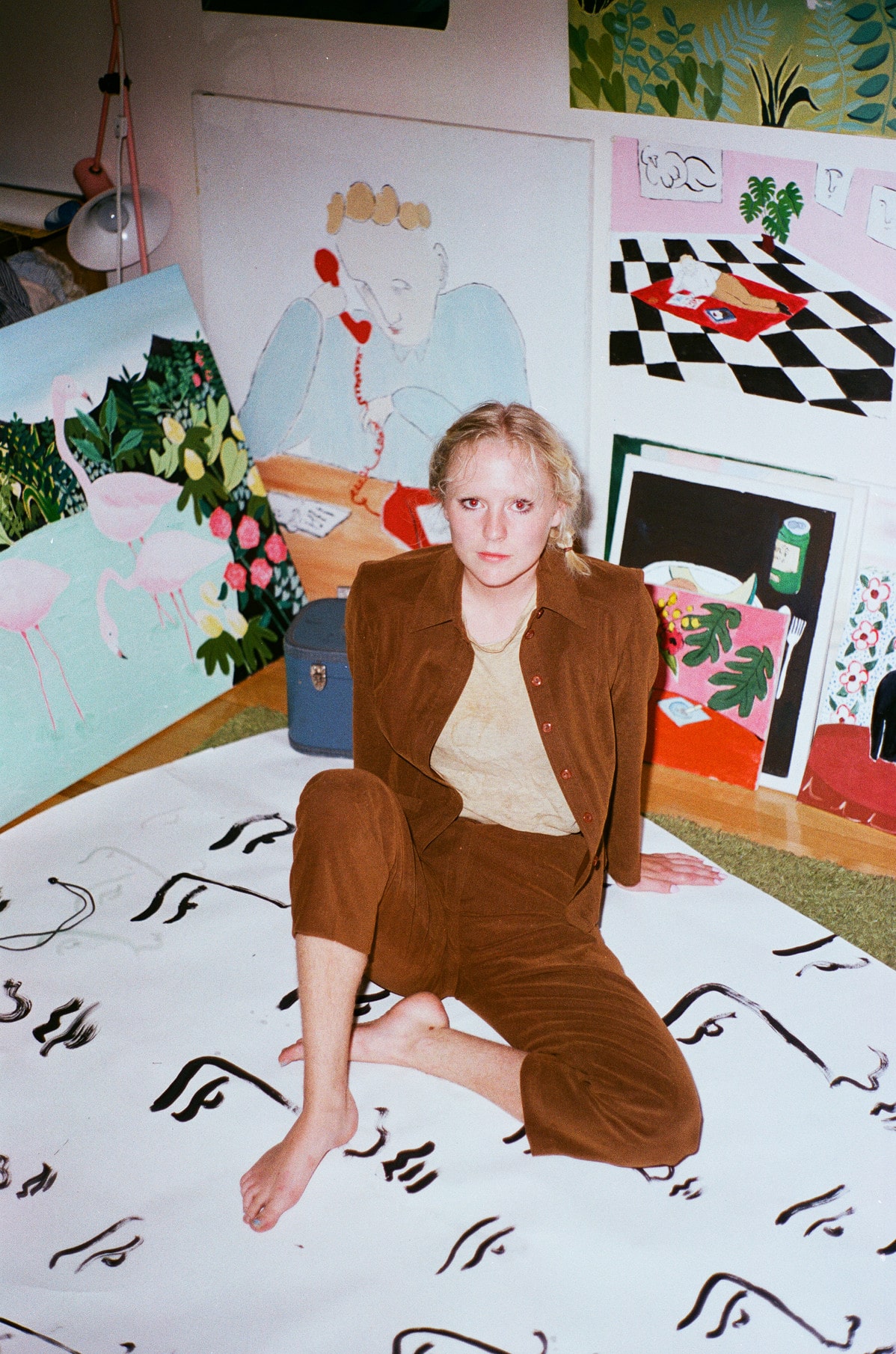
Rebecca Storm, Photographer
I still work as a server, a job which I’ve grown to dislike immensely but the money is good for how little I work, allowing me more time and resources to afford photography. Sometimes I write freelance, or take on photo projects I’m not that into, which can be fun but also frustrating. I’m only just now coming to the realization that I don’t have to agree to shoot photos for free, which is a big step for me.
A couple things to always remember: make lists and don’t forget to drink water. Be yourself! Sometimes it’s the hardest thing to do. And say “yes” to all projects (unless they’re exploitative) so that you can learn when to say “no.”
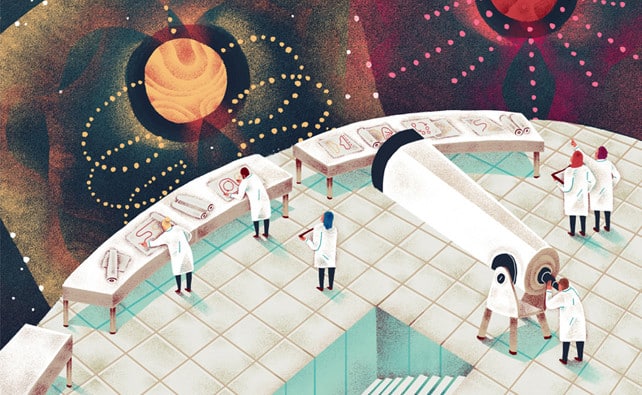
Jeannie Phan, Illustrator
After graduating OCAD I went straight into a retail job. My priority was really just to get some kind of job in order to pay for starting up my illustration business. Eventually, I did get into freelancing full time but I was actually doing 70 per cent graphic design work and what I really wanted to only is illustration all day, every day. So, I’d say that freelance design was also my side hustle while I transitioned to drawing 100 per cent of the time, which is what I’m doing now thankfully!
The shop I worked at after graduating was a super creative atmosphere, so it did overlap a little. Though, what I really took away from that job though was more the backend stuff of running a business, which is what freelancing is, after all. My graphic design stint, of course, helps like crazy with what I do today—mostly in how I present my work and being able to see the perspective of the designers I work with and who commission me. It was definitely not a quick process; it took me two years from graduating to illustrating full time.
Now, I know how long I take to draw and how long I take to come up with ideas. That kind of predictability has been really crucial with how I time manage everything. I know how much time I need to work, and just as importantly, I know how much time I need to rest. I’m not a person who likes rigid schedules, but I’ve learned to at least adhere to some sort of routine in order to get the workflow smooth. I don’t use any sort of fancy calendar app, just iCal on my desktop on full screen mode. Seeing everything visually laid out and being able to drag and move everything around totally saves my life in this department.
Everyone has to side hustle and a lot of professionals still have these extra gigs on the side, so the first thing I’d say is to not worry that you’re not jumping straight into a full-time thing. I actually lean towards recommending your side hustle to be non-creative — even mindless — so that you can focus all your energy in your craft. Although my side hustle at a creative retail job did have its perks, I did find myself drained after shifts because my creative juices were zapped for the day.
I actually still struggle with work-life balance, but it’s definitely gotten much better in the past year. I’m a typical over-worker but I know there’s just as much value in resting and going to see friends. I found that email alerts were really the big culprit to my overworking since it made me feel like I was on the clock 24/7, so now there are periods of the day where I simply don’t check and instead, focus on “me time.”
As lame as it sounds, scheduling meeting up with friends like I would assignments works for me, too. @jeanniephan











